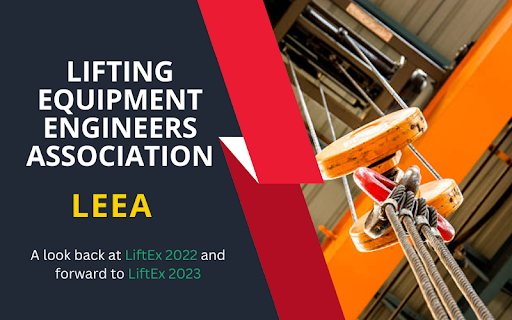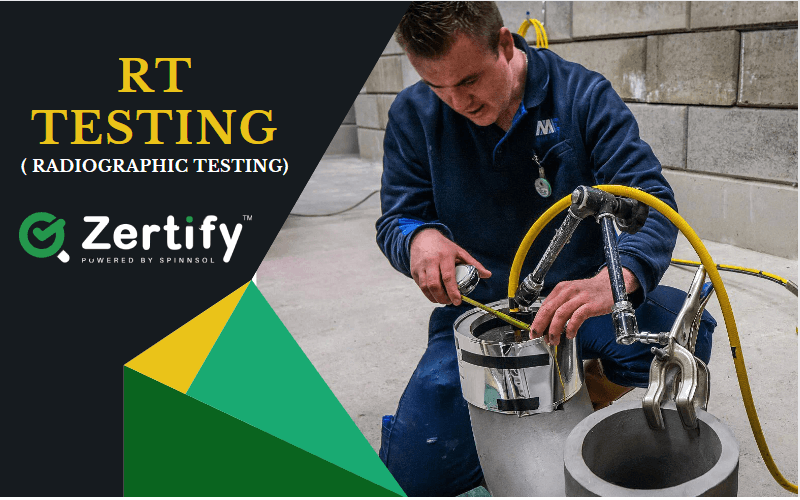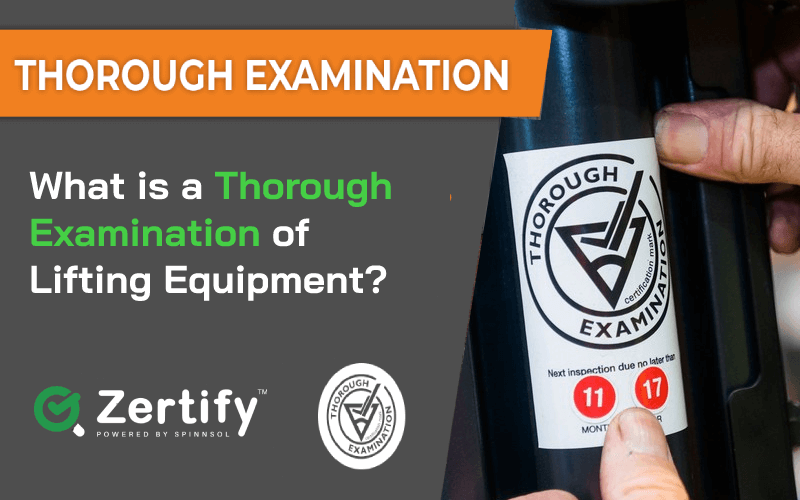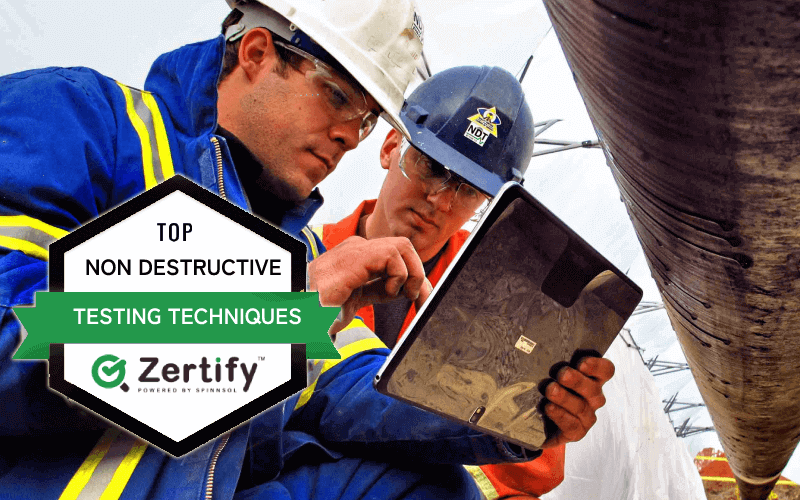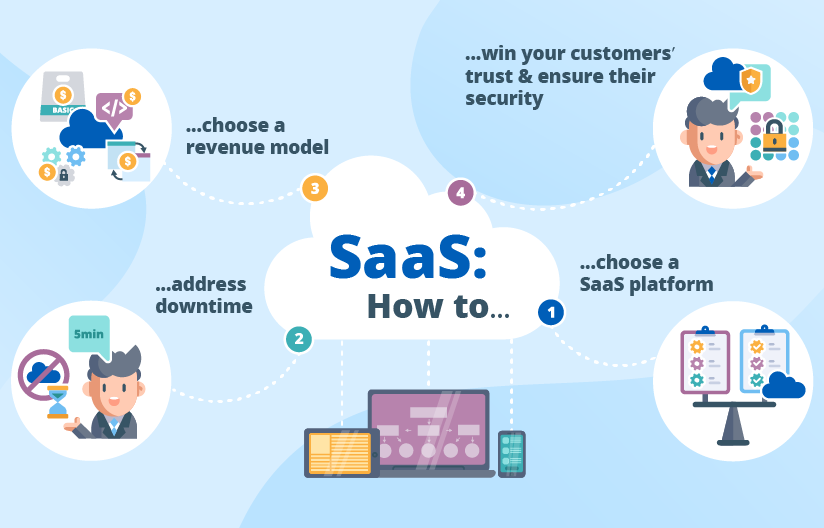
The oil and gas industry is one of the largest sectors in the globe in terms of annual revenue, making an estimated $3.4 trillion annually,
Inspections in the oil and gas industry, even offshore, are still often served with the aid of a paper-based system. But holding on to the conventional way in today’s fast-paced world brings too many restrictions and risks. The likelihood of human error due to inattentiveness is much more elevated with paper-based systems and those can have disastrous consequences.
Oil spills cause extensive environmental and health damages and virtually preventing them should be a priority for all oil and gas companies. More and more companies recognize this and as a result, are making the switch to digital tools. With Zertify – powered by Spinnsol we aim to offer a such solution to enriched safety and optimized preventive maintenance.
Let’s have a glance over the cost of human error due to the manual paper-based inspection system.
The Cost of Human Error
Let’s glance at a standard scenario to demonstrate the restrictions of non-digital forms. An inspection is conducted at an offshore oil pipeline. Offshore pipelines haul oil and gas from offshore wells to overland pipelines. From there the oil can be further transported to refineries and the gas to processing factories.
Since the pipelines are miles far offshore, the inspectors are supposed to transport them there on a helicopter. Once they finish the inspection, they return to the mainland and examine the results. If an error has been made, for instance, if one field was left unchecked in the inspection form, the inspection is unfinished. There’s nothing they can do except go back with the helicopter to collect the lost data.
The cost of human errors like this is massive for businesses – it costs not only money but also time and valuable resources. And unfortunately, these and identical cases happen way too frequently. But it doesn’t have to be that manner.
Before moving to the solutions to this case, let’s see what are the challenges faced by the oil and gas companies now!
What are the Typical Challenges for Oil & Gas Companies? How Can Digitizing Boost Efficiency and Safety?
Thousands of lifting accessories and additional potential work equipment items are used every day, there are a ton of rules and regulations in place to ensure the safe use of the equipment and to stop labour accidents. LOLER ( Lifting Operations and Lifting Equipment Regulations 1998 ) and PUWER ( Provision and Use of Work Equipment Regulations 1998) are central laws in the UK in complement to the Machinery Directive and the local health and safety acts. Various parts of these rules apply to diverse stakeholders in the lifting ecosystem. From the producer to the supplier, to the employer, and through regular inspections, conceding to these regulations can be very time-consuming and complex. Especially if it is regulated in a manual matter.
Another obstacle to digitizing is that all stakeholders have manual input in their respective systems, which means that everyone replicates equipment data and documents about the exact items, and each company has considerable systems that do not share. This can lead to both double registration and a short overview. When some of these systems are closed for the end-user, the workers, they don’t get credentials to the right records and risk doing a task wrong, which could cause a calamity. There are a ton of examples where this leads to accidents.
Why Should You Digitize The Lifting Inspections?
It’s to boost efficiency and avoid duplications or missing registration of data. There’s too much spent on registration in several systems. As earlier mentioned, there are lots of regulations to comply with, so a digital tool can make it more comfortable to comply with those. Avoid work mishaps by having precise information about equipment, readily available for the end-user. Information such as when was the last inspection, and what was the outcome of that inspection. Is the equipment safe to use? And how should I utilize it? A safe working environment is what we all desire, and keeping a reputation as a safe workplace is key to business growth.
And a point that a lot of us like, is conserving money. Inspections are time-consuming, and time is money. Traditionally inspectors spend too much time recording the inspection, filling out the checklists with pen & paper, going back to the office to register the inspection results, creating the documentation, and distributing the documentation to the client. By going digital, a lot of funds can be preserved on documenting the inspection part.
Also Read more on Digital Transformation of TIC Sector using Software
Go paperless and maximize efficiency with Zertify Digital Testing Inspection Certification Software
Digitize forms and reports efficiently with the drag-and-drop editor. Get real-time data and examine it in detail. Zertify is the leading TIC software company which offers various products like lifting equipment inspection software, NDT Software , Asset Inspection Certification Software and much more. Contact to set up a demo Now!

